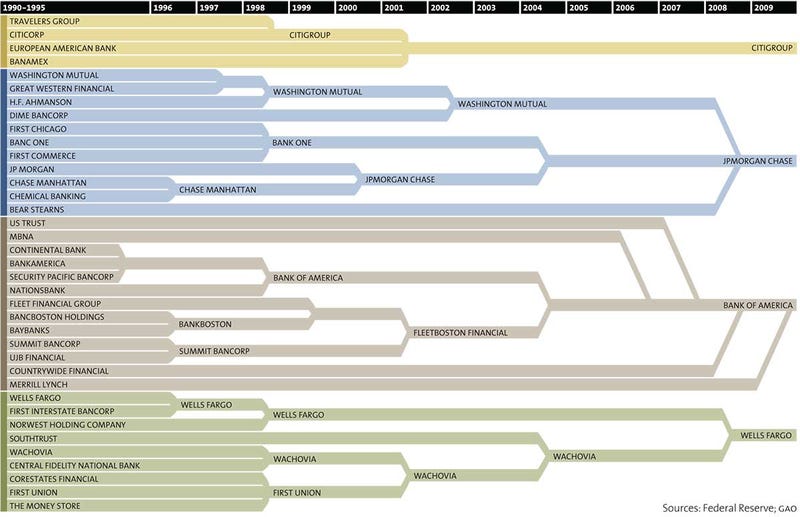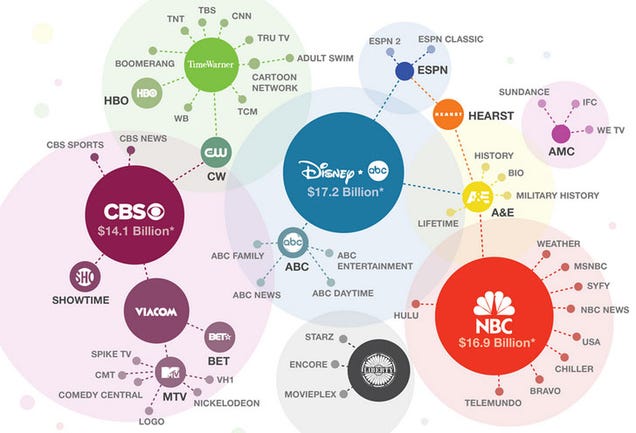[This
piece from 2014 seems once again relevant given our Hyperloop and Tesla threads.]
A few days ago I posted a bit of a
rant
about how excited tech reporters got over a Google press release about
the company's driverless car. The problem was that, based on the details
available in the reports, there didn't seem to be any significant
indications of increased functionality.
Of course,
reporters have a strong incentive to see signs of progress -- "just
around the corner" sells better than "don't get your hopes up" -- but I
think this eagerness has more than one cause (most things do) and I
wonder if one of those factors might have something to do with the
near-miss effect as described in this memorable
story from
This American Life:
Sarah Koenig
Habib
and especially Dixon have spent a long time studying what's called the
near-miss effect. In slot machines, a near miss is just what it sounds
like. It's when, say, two cherries line up on the payoff line, and then
the third is about to come but stops just short or just past the payoff
line.
...
Sarah Koenig
In
2006, Dixon teamed up with Habib to see if they could figure out what
was happening to people neurologically when they saw near misses. They
scanned the brains of 22 gamblers-- 11 addicted, or what they called
pathological gamblers, and 11 non-pathological gamblers-- as all these
people watch near misses on slot machine displays.
The
results surprised them. Because while both addicted and non-addicted
gamblers said the near misses felt more like wins, their brains said
something different. Here's Reza Habib.
Reza Habib
What
you see in the non-pathological gamblers is that the regions that are
activated for losses, those same regions tend to be also activated for
near misses. And so the brain, at least, processes these near misses in
the same way that it processes losses in the non-pathological gamblers.
In pathological gamblers, the same regions that are activated for wins
are also activated for near misses.
And
so these include regions such as the amygdala, which is a region
involved in emotional processing, as well as parts of the brain stem
which are involved in reward and dopamine function, which is part of the
reward system. So the pathological gamblers, their brains, at least,
are responding to these near misses in the same way that they respond to
wins.
Mark Dixon
This
is Mark again. And one of the effects of this, or the implications of
these data, are that a pathological gambler going into the casino who's
actually losing, his brain is firing like he's winning. Disturbing,
isn't it.
Sarah Koenig
Yeah. It's crazy.
Mark Dixon
Oh, it's way crazy. And so you are experiencing those same sensations as a win when you're not winning.
Just
as casinos are very good at eliciting the reactions associated with
winning even when very little winning is going on, companies like Apple
and Google have become very good at eliciting the reactions associated
with technological progress even when the technology is advancing little
and sometimes not at all. In this case, Google assumed correctly that,
by showing journalists a prototype that looked different but apparently
did nothing new, the reporters would react as if they had seen an
advance in the technology. They respond to these meaningless press
conferences in much the same way as a pathological gambler responds to
two cherries out of three.
If anything, the shift to custom-made, low-speed cars would seem to be a sign of trouble.
Google's stated goal
is to release this technology to manufacturers in 2018. Whenever you're
designing complex systems that have to work with complex systems
designed by others, compatibility is usually more than half the battle. I
would therefore expect some of the most daunting engineering challenges
to come from getting Google's technology to work smoothly with a wide
range of makes and models. The decision to go from road testing Toyota
Priuses ('
Prii'
believe it or not) and Audi TTs to track testing what are basically
go-carts does not make the four year goal look more likely.
What
happens if that deadline isn't met? I suspect it will still be business
as usual. Google has proven that merely symbolic progress or, failing
even that, just bringing the subject up is enough to create the desired
effect of public perception. My guess is that the only real deadline is
beating GM, Mercedes-Benz, or Nissan or any of the other companies that
have equally gifted engineers working on these problems (but with less
gifted PR departments to promote them).





